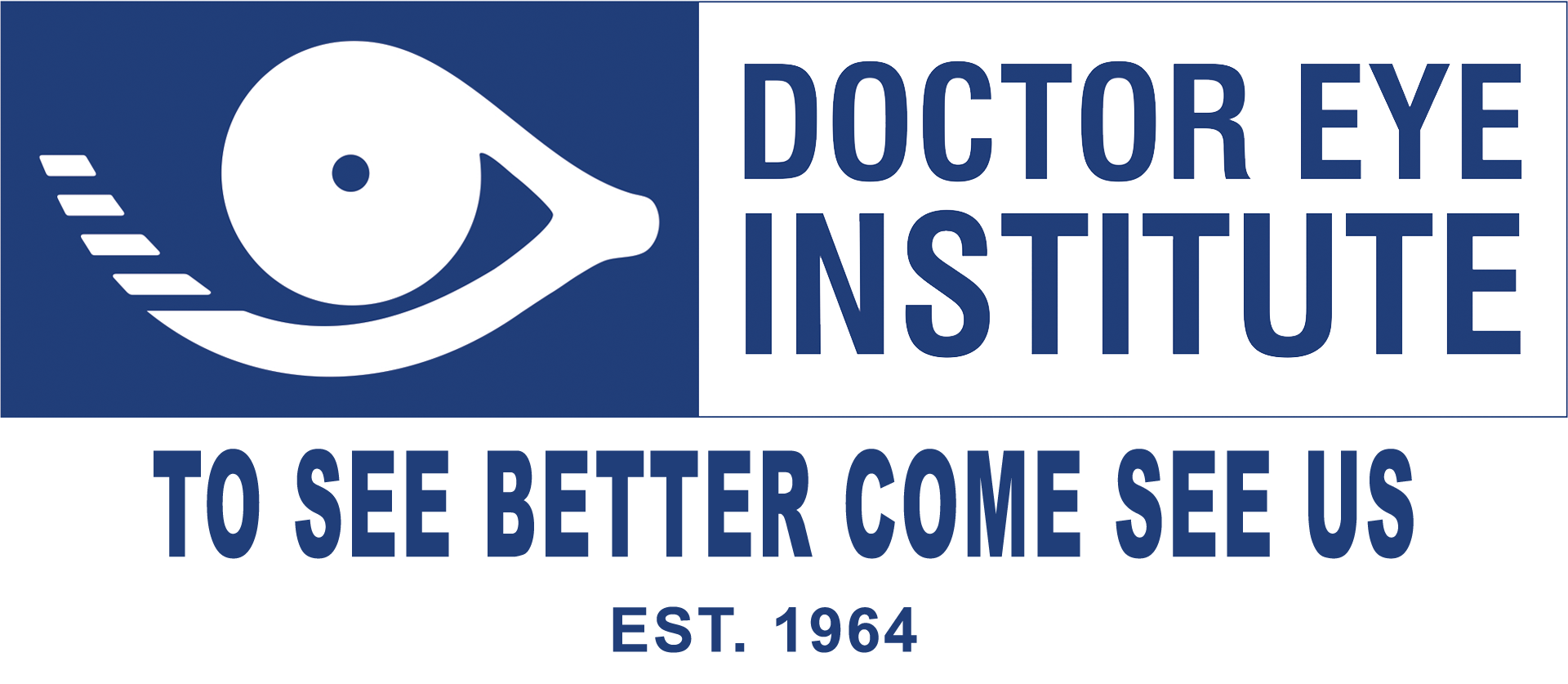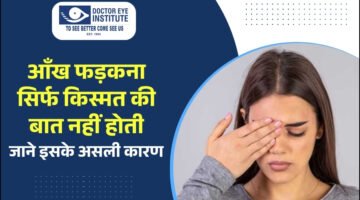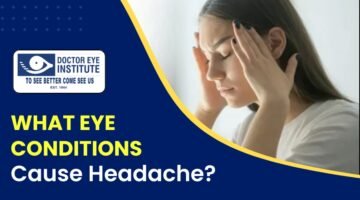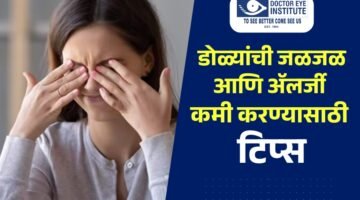Common Vision Problems That Require Glasses
Have you ever found yourself squinting at a menu, struggling to read a text message, or getting headaches after a long day in front of a screen? These are often the first signs that your eyes might need a little help. Glasses are more than just a fashion accessory; they are a precise medical tool designed to correct common vision issues by focusing light properly onto your retina. If you’re experiencing blurred vision, understanding the underlying cause is the first step toward seeing clearly again. Let’s explore the
Most frequent types of eye problems that are expertly corrected with a pair of prescription glasses.
1. Myopia (Nearsightedness)
Myopia is one of the most widespread vision conditions globally. If you have myopia, you can see objects up close clearly, but distant objects—like a whiteboard in a classroom or road signs—appear blurry. This happens when the eyeball is slightly too long, causing light to focus in front of the retina instead of directly on it. Glasses with concave lenses help to diverge the light rays, moving the focal point backward onto the retina for crisp distance vision.
2. Hyperopia (Farsightedness)
Hyperopia is essentially the opposite of myopia. People with farsightedness often see distant objects clearly but have difficulty focusing on things up close, such as a book or a smartphone. This occurs when the eyeball is too short, making light focus behind the retina. Convex lenses in glasses converge the light rays before they enter the eye, shifting the focus point forward to ensure sharp near vision.
3. Astigmatism
Astigmatism causes overall blurry or distorted vision at all distances. It’s not about the length of the eyeball but its shape. Instead of being perfectly round like a basketball, the cornea is shaped more like a football. This irregular curvature causes light to focus on multiple points instead of one. Special cylindrical lenses in glasses are designed to compensate for this uneven curvature, creating a single, clear focal point.
4. Presbyopia
Presbyopia is an age-related eye condition that eventually affects nearly everyone, typically after the age of 40. It occurs when the eye’s natural lens loses its flexibility, making it hard to focus on close objects. You might find yourself holding your phone at arm’s length to read it. This is commonly corrected with bifocals, progressive lenses, or reading glasses, which provide the added magnification needed for near-vision tasks.
LASIK: A Modern Alternative to Glasses
In addition to wearing glasses or contact lenses, LASIK (Laser-Assisted In Situ Keratomileusis) is a popular and effective treatment option for many common vision problems such as myopia (nearsightedness), hyperopia (farsightedness), and astigmatism. This advanced laser eye surgery reshapes the cornea to correct refractive errors, allowing light to focus properly on the retina and improving vision clarity.
At Doctor Eye Institute We use the latest technology for LASIK and other spectacle removal surgeries — the Z8 Femto Laser machine, which can perform procedures within a few minutes. Under this advanced system, we offer LASIK, Lenticule Surgery, and Surface Smart Pulse, to help you achieve complete spectacle independence — No matter your age.
Visit Doctor Eye Institute – Best Eye Hospital in Andheri, Mumbai
If you identify with any of these symptoms, it’s crucial to schedule a comprehensive eye exam. For those seeking expert care and precise prescriptions for any of these conditions, the Doctor Eye Institute in Andheri, Mumbai stands as a trusted destination. Renowned for its comprehensive eye care services, advanced diagnostic technology, and a team of leading ophthalmologists, the institute provides everything from routine eye exams for glasses to complex surgical procedures. If you are looking for the top eye hospital in Mumbai, or a comprehensive eye check-up in Andheri, the Doctor Eye Institute is dedicated to preserving and enhancing your precious gift of sight.
Frequently Asked Questions (FAQs)
1. What is the most common eye problem?
Refractive errors like nearsightedness (myopia) and farsightedness (hyperopia) are the most common types of vision problems worldwide.
2. What eye condition do you need glasses for?
You typically need glasses for refractive errors, which include myopia, hyperopia, astigmatism, and presbyopia.
3. Can astigmatism be corrected with glasses?
Yes, glasses with specially designed cylindrical lenses are a primary and highly effective method for correcting astigmatism.
4. At what age do you need reading glasses?
Most people begin to need reading glasses due to presbyopia in their early to mid-40s.
5. How do I know if I need glasses?
Common signs include blurry vision (either near or far), squinting, frequent headaches, and eye strain, especially when using digital screens or reading.









